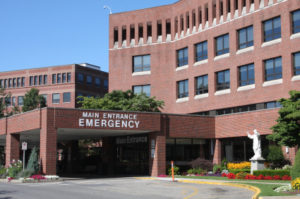Medicare Giveth and Medicare Taketh Away
With a growing number of Medicare programs basing portions of future reimbursement on meeting specific performance metrics, hospitals are finding that they need a scorecard to keep track of their successes and failures.
Medicare’s value-based purchasing program, for example, is rewarding 1700 hospitals this year for their performance under the program. Another 1360 hospitals are being penalized under the program.
But among those 1700 winners, fewer than 800 will see their bonuses because their losses under Medicare’s hospital readmissions reduction program and health care-associated infection program exceed their value-based purchasing winnings.
Overall, the average bonus for large hospitals for the three programs combined is nearly $213,000 while the average penalty for such hospitals is approximately $1.2 million. For hospitals with 200 or fewer beds, the average bonus is about $32,000 and the average penalty approximately $131,000.
 Pennsylvania’s hospitals were divided evenly among winners and losers: of 147 hospitals assessed as part of these programs, half received bonuses and half were penalized.
Pennsylvania’s hospitals were divided evenly among winners and losers: of 147 hospitals assessed as part of these programs, half received bonuses and half were penalized.
Not included in the totals are the six percent of hospitals that face new penalties for failing to make enough progress in their transition to electronic health records.
For a closer look at how hospitals are faring under Medicare’s various performance-based program, as well as how hospitals in other states fared, see this Kaiser Health News story.





